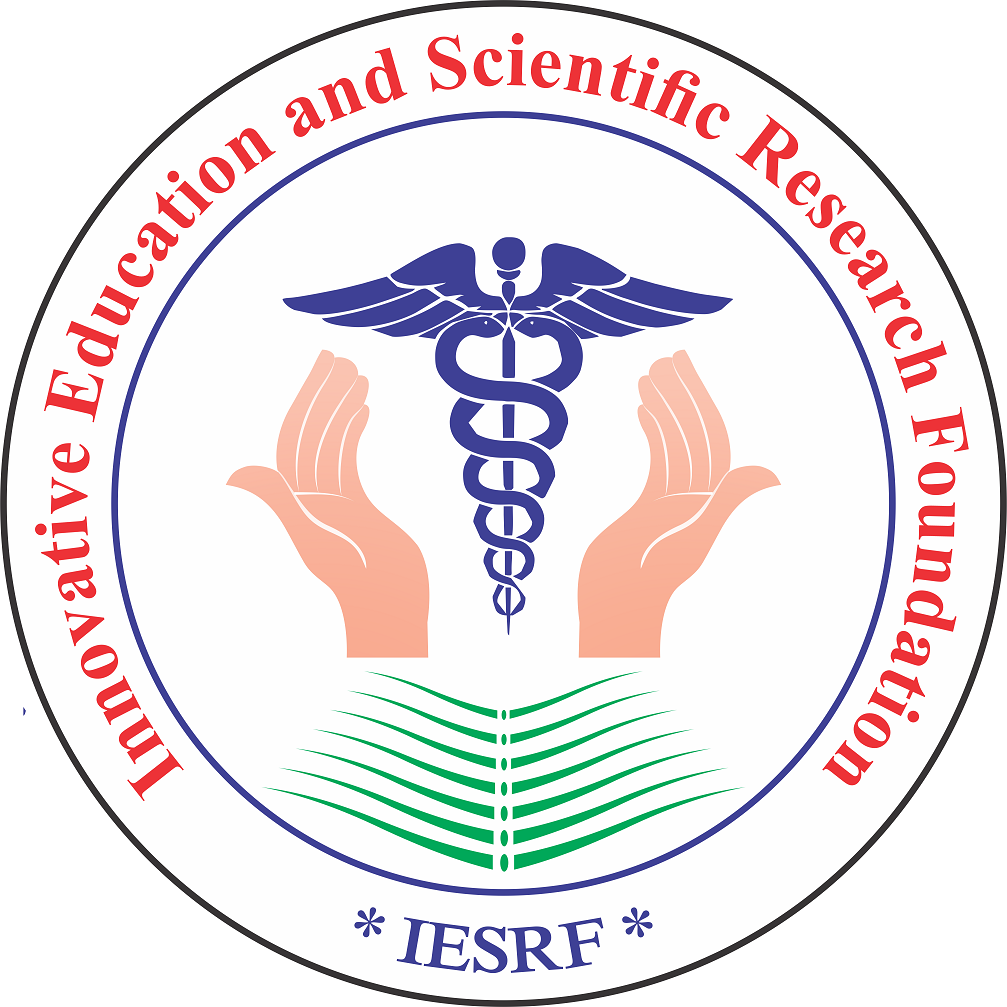- Visibility 87 Views
- Downloads 10 Downloads
- DOI 10.18231/j.ijfcm.2021.041
-
CrossMark
- Citation
Devil’s trumpet poisoning: A case report
- Author Details:
-
Yajnesh Kidiyoor
-
Shankar M Bakkannavar *
-
Kavitha Saravu
-
Ranjit Immanuel James
Introduction
Alkaloids are plant metabolites which have alkali like chemical and pharmacological activity and have nitrogen containing ring structure. Alkaloid-containing plants have been used by humans since ancient times for therapeutic and recreational purposes.[1] There are some medically important alkaloids as opiates. The three major pharmacologic groups of alkaloid amines are the highly anticholinergic tropane alkaloids (also called bicyclic alkaloids or the belladonna alkaloids), the hallucinogenic alkaloid amines and stimulant alkaloid amines.
The following plants contains tropane alkaloids scopolamine, hyoscyamine and atropine include the following:
Hyoscyamusniger (henbane)
Datura species (jimson weed, angel's trumpet, thorn apple)
Mandragoraofficinarum (mandrake)
Atropa belladonna (deadly nightshade)
Datura belongs to the family of Solanaceae, in India. The common varieties of Datura fastuosa are Datura alba (White flowers) and Datura niger (Purple flowers).[2]
Case Report
A 37-year-old male met with a road traffic accident and sustained left tibia condylar fracture. He took preliminary treatment from a local hospital and was referred to our hospital for further management. But he was brought to the triage with history of giddiness followed by altered sensorium and on examination his pupils were dilated, and he had no history of involuntary movements. No history of bowel and bladder disturbances.
On examination his vitals were within normal limits except for tachycardia. Cardiorespiratory system examination revealed no abnormality. Per abdominal examination was unremarkable. He was agitated and cerebellar signs could not be assessed. No history of any chronic illness like hypertension, diabetes, asthma and ischemic heart disease.
Management
All the relevant blood investigations were within normal limits. Body fluids and gastric lavage were sent to toxicological analysis. Analysis of the sample with thin layer chromatographic method revealed the presence of datura in the samples sent. Hence he was diagnosed to have poisoned by datura.
The patient was treated conservatively and with efficient supportive care. He recovered eventually in due course of time and was treated for underlying fracture of tibia.
Discussion
Datura is a common plant grown in wastelands across the country. The toxicity of the plant is of anticholinergic in nature. It has bell shaped flowers, spherical shaped fruit which has multiple thorns and they contain numerous reniform seeds.[3] The seeds of datura can be mistaken for chilly seeds.[4] The active principles of datura are atropine, scopolamine, hyoscyamine and other tropane alkaloids.[5] Of all the active ingredients scopolamine is present in highest concentration in all the varieties of datura plant.[5]
The symptoms of anticholinergic poisoning are dry mouth, agitation, tachycardia, hallucinations (Rarely), dilated pupils, urinary retention etc. [1], [5] The datura poisoning can be treated by physostigmine, an (alkaloid) which reversibly inhibits the acetylcholinesterase enzyme.[1] It reverses peripheral as well as central manifestations of anticholinergic excess.[6], [7], [8] The persons who are poisoned with datura generally need hospitalization due to their uncontrolled behaviours.[3] Benzodiazepines can be given as an adjunctive to the treatment.
In our case the patient sustained a road traffic accident but while when he was brought to our hospital he was agitated and gave a history of giddiness before coming to hospital. He was diagnosed to have datura poisoning based on thin layer chromatographic method of analysis. When we traced back to find out the source of the poisoning, the patient took traditional first aid treatment for pain due to fracture in the form of a decoction by the traditional healer. This could be the source of Datura. The excess of the solution has caused few clinical manifestations in the person which were not fatal. After the diagnosis by the toxicological analysis, he was treated accordingly and recovered in thereafter. He was later referred to orthopaedics department for his underlying fracture of tibia. This accidental nature of datura plant is quite an uncommon phenomena in most part of the country but they tend to be reported due to such incidents of ignorance.
Conclusion
Datura is usually used as stupefying agent in robbery, attempt to rape etc. Hence it is medicolegally important to know about the clinical presentation of this poisoning and to treat accordingly at the right time. At the same time spreading awareness about toxicity of Datura among villages and educating them to avoid such traditional treatments using unknown contents of solutions is important.
Source of Funding
None.
Conflict of Interest
Nil.
References
- CA Sopchak, CM Stork, RM Cantor, EP Ohara. Central Anticholinergic Syndrome Due to Jimson Weed Physostigmine. J Toxicol 1998. [Google Scholar]
- VV Koulapur, PS Jirli, RS Honnungar, SS Pujar, S Patil. Poisoning due to datura - a rare case report. Indian J Forensic Community Med 2015. [Google Scholar]
- . Datura Plant poisoning. Clinical toxicology review; Massachusets/Rhode island poison control system. 2001. [Google Scholar]
- K Vij. . Textbook of Forensic Medicine and Toxicology 2012. [Google Scholar]
- N Hiraoka, K Tashimo, C Kinoshita, M Hirooka. Genotypes and Alkaloid Contents of Datura metel Varieties. Bio Pharm Bull 1996. [Google Scholar]
- AA Ziskind. Transdermal scopolamine-induced psychosis. Postgrad Med 1988. [Google Scholar]
- K C Ullman, R H Groh, F W Wolff. Treatment of scopolamine-induced delirium. Lancet 1970. [Google Scholar]
- RS Shenoy. Pitfalls in the treatment of jimsonweed intoxication. Am J Psychiatry 1994. [Google Scholar] [Crossref]
